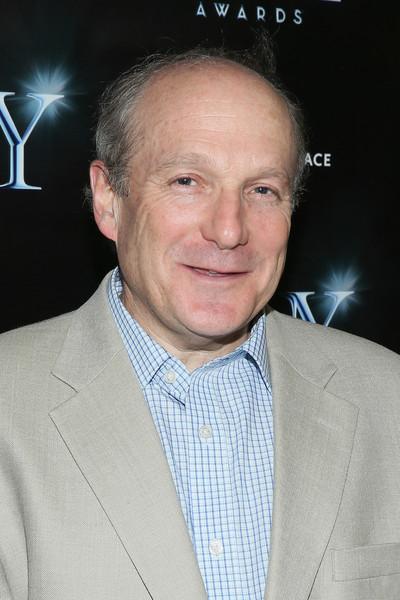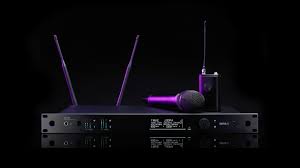By: Donald Holder, Tony Award winning lighting designer and head of the lighting design program at Rutgers University’s Mason Gross School of the Arts
The impact of Broadway’s shutdown on performing practitioners has been catastrophic, with more than 50 percent of our community unemployed and in danger of losing health insurance, 2.7 million jobs lost and resident theater companies, community theaters, roadhouses and trade unions on financial life support.
It is no less devastating for theater students at performing arts programs, including mine, who have been asked to adapt to a virtual environment that can feel antithetical to a profession that values close collaboration, spontaneity and an immediate, intimate connection with a live audience. Students in the arts across the country, especially those nearing graduation, face an uncertain future. They’re understandably worried about the prospect of finding work, but many are also now questioning the value and meaning of their education.
As practitioners and educators, we have a responsibility to confront these challenges head-on. We must advocate for our colleagues, our livelihoods and the institutions that make our work possible. Equally important, we must create an atmosphere of learning and growth that offers an optimistic perspective for the future, while preparing our graduates to venture out into the world under very challenging circumstances. I believe there is a path to crafting a positive outcome for our students, whom we are preparing to join the next generation of leaders.
First, training programs in the arts must have the agility to pivot, to reinvent the curriculum to reflect the realities of our current circumstances and what our graduates need today to be employable. For example, at Rutgers, we have expanded our classes in 2D computer drafting to include formal study in 3D previsualization techniques and advanced digital rendering. Although last spring’s lockdown eliminated our ability to work with the medium of light in an actual theater, the students explored sophisticated digital visualization techniques and made some astonishingly beautiful work in virtual space. These newly developed skills can be used not only in the theater but in architectural and television lighting, themed entertainment design and a variety of other disciplines.
Second, we must embrace the opportunities that online learning has brought. As an example, the virtual classroom enabled me to invite many distinguished practitioners who (due to availability and distance) would typically have been unavailable to meet in person with our undergraduate lighting designers. These extraordinary interactions have raised student awareness of a range of disciplines beyond the theater where they can find a satisfying outlet for creative expression and put to use the many skillsets they’re working so hard to develop.
Third, we must celebrate the value of an arts education and how it will enrich a student’s life far beyond any assessment of long-term earnings. Study in the arts demands passion, risk-taking and collaboration. In so much of higher education, uniformity of outcome is the aspiration. In arts education, we nurture diversity, individuality and heterogeneity. A student in the arts learns to distill and express complex ideas with clarity and originality, developing the capacity to convey what cannot be expressed in words. Creativity, ingenuity and bravery are valued in every industry and every business. And those habits of mind are central to the ethos of an arts education.
Finally, we must educate the public and our politicians about the value of the arts in this country. According to the NASAA (National Assembly of State Arts Agencies), the arts and cultural production in America in 2017 generated $877.8 billion, amounting to 4.5% of gross domestic product and 5.1 million jobs. Broadway’s impact is equally impressive. In the 2018-2019 season, our industry contributed $14.7 billion to the economy of New York City and supported 96,900 jobs. Of course, arts institutions mean so much more to a community than dollars – they define civic identity, foster social tolerance, provide educational opportunities for youth and improve quality of life. Great art and thriving artistic institutions are critical to the health of a country. This is why it’s so important to support our nation’s community of artists, to help us survive until it’s safe for our audiences to return.
We are living through incredibly challenging times, and the hardship and the loss we’ve experienced may have long lasting impact. I have faith that audiences will eventually return to museums and concert halls and theaters across America, and that the lights of Broadway will burn brightly once again. But our collective future ultimately depends on how we support the next generation of emerging artists as they enter an uncertain world.
Donald Holder is the head of the lighting design program at Rutgers University’s Mason Gross School of the Arts. As a lighting designer he has been nominated for 13 Tony Awards and won two, for South Pacific and The Lion King.
You may also contact Neal Buccino.
Off
More News
Support USITT
For many 501(c)3 nonprofit organizations, USITT included, donations are a lifeline. We are able to continue to expand our online offerings to our Members and to our industry thanks to Membership dollars and the generosity of our donors.







.avif)